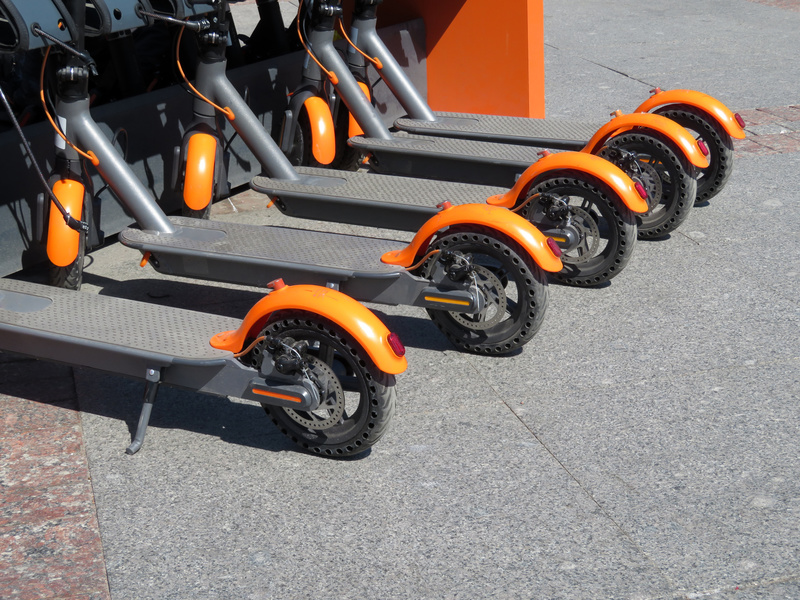 In recent months, the city of Chicago has been introduced to the latest trend in mode of transportation: the electric scooter. As ride-hailing technology such as Uber and Lyft have become a staple for city-wide transportation, companies have been looking for the next biggest movement in transportation options.
In recent months, the city of Chicago has been introduced to the latest trend in mode of transportation: the electric scooter. As ride-hailing technology such as Uber and Lyft have become a staple for city-wide transportation, companies have been looking for the next biggest movement in transportation options.
After the success of Divvy bikes, a Chicago-owned program that has docking stations throughout the city, the next step in micro-mobility has brought us rented electric scooter programs designed solely for adults 18+. Users download an app that alerts them to the nearest scooters. A user may then ride these scooters for an initial fee of $1 and then 15 cents for each additional minute the scooter is used. Unlike Divvy bikes, which require the rider to find the nearest dock, these rental electric-scooters can be left anywhere that is convenient for the user, as the scooters will self-lock through the app at the end of the trip. With varying degrees of success in other cities, dockless scooter-sharing companies such as Lime and Bird have set their sights on Chicago. The initial test runs have been at several Chicago festivals this summer.
Although some are excited at the idea of a new affordable and environmentally-friendly mode of transportation that helps residents avoid the Chicago traffic, issues with roll-outs in other cities have kept officials wary and unwilling to move ahead with a wider test run without regulations set in place. This caution stems from other cities having to deal with backlash over the unregulated introduction of these rented electric scooters.
Many of the cities with electric-scooter programs have faced an influx of emergency room visits from residents who have been injured in electric-scooter accidents. The lack of rules makes it difficult for city officials and residents alike to navigate this unknown territory. In California, where the shared electric-scooters were first made popular, city officials have scrambled to catch up to the new fad, trying their best to implement rules such as the number of scooters allowed, where residents may use these scooters, and a requirement that all riders wear helmets. Critics point out that although the scooters look more like toys than a legitimate mode of transportation, they inflict the same amount of harm as any other motorized vehicle. These scooters are actually more dangerous because there are no safety regulations to comply with.
As Chicago city officials continue to work out regulations for scooter-sharing companies, it will be important for interested users to fully understand the risks at hand and necessary precautions they will have to take when choosing to use electric scooters.
Reader Interactions